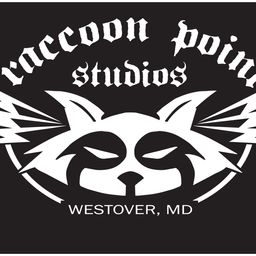10 Hacks For Recording Music on a Budget
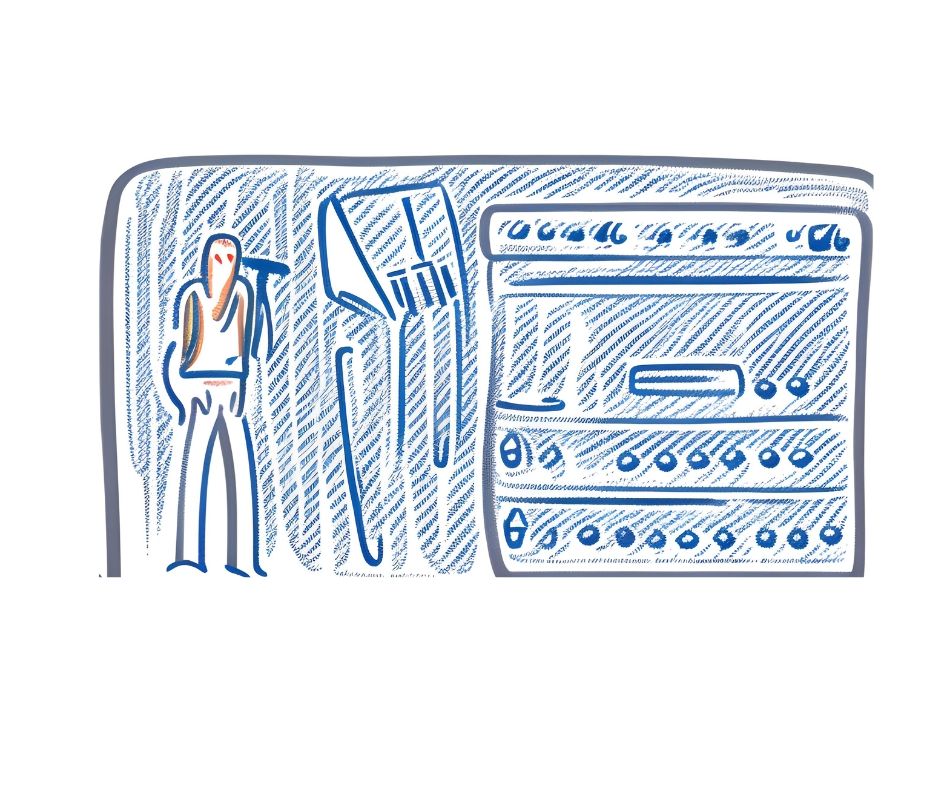
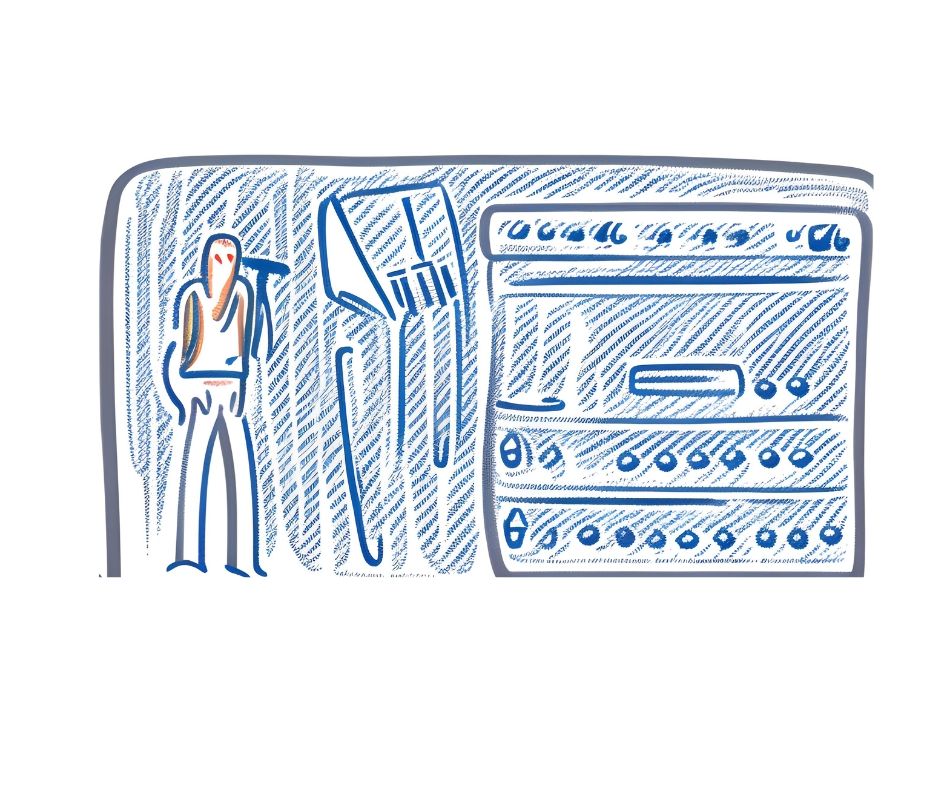
If you're a musician who wants to record your own songs, but you don't have a lot of money to spend on expensive equipment and studio time, don't worry.
There are plenty of ways to record music on a budget, using some creativity and resourcefulness.
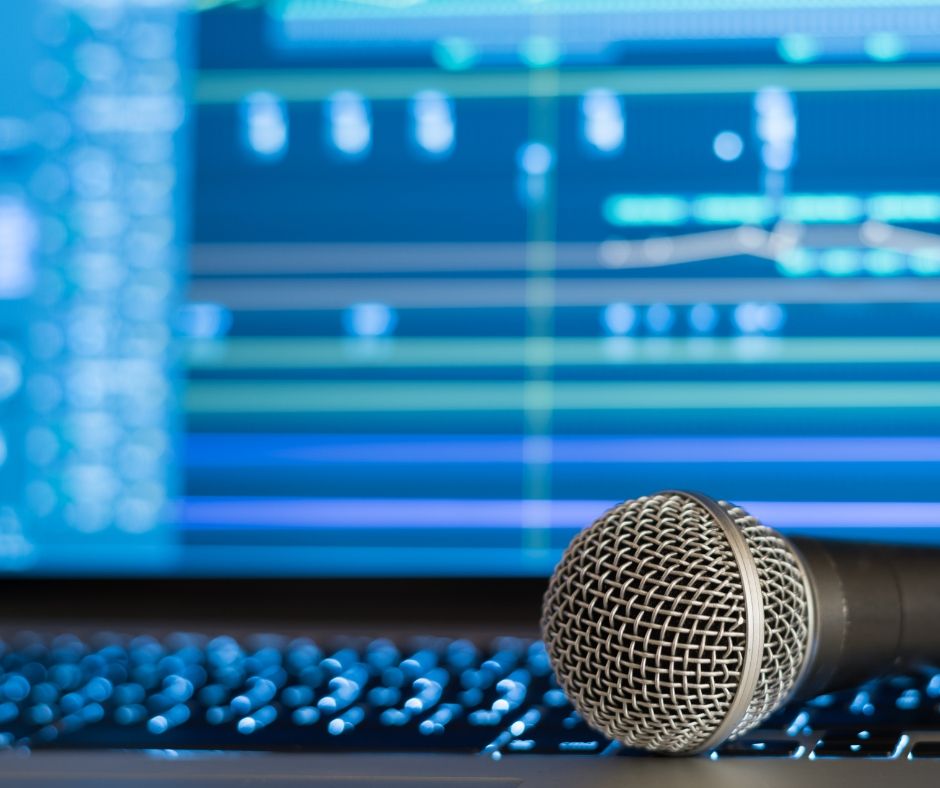
Here are 10 hacks that will help you make your music sound great without breaking the bank.
- Use your smartphone as a microphone. You might be surprised by how good the quality of your phone's built-in microphone is. You can use it to record vocals, acoustic instruments, or even ambient sounds. Just make sure you find a quiet place to record, and use a pop filter or a sock to reduce plosives and wind noise. You can also use a free app like GarageBand or Audacity to edit and mix your recordings.
2. Use household items as soundproofing. If you want to reduce the echo and background noise in your recordings, you can use some common household items to create a DIY sound booth. For example, you can hang blankets or curtains on the walls, or use pillows, mattresses, or egg cartons to absorb sound. You can also use a closet or a car as a makeshift vocal booth.
3. Use online resources for learning and inspiration. You don't need to pay for expensive courses or books to learn how to record music. There are plenty of online resources that offer free tutorials, tips, and tricks for recording music on a budget. For example, you can check out YouTube channels like Recording Revolution, Musician on a Mission, or Produce Like a Pro. You can also use online platforms like SoundCloud, Bandcamp, or Spotify to discover new music and get inspired by other artists.
4. Use free or cheap software and plugins. You don't need to buy expensive software or plugins to record music on a budget. There are plenty of free or cheap options that offer great features and quality. For example, you can use Reaper as your digital audio workstation (DAW), which is free for personal use and only costs $60 for a full license. You can also use free or cheap plugins like Spitfire LABS, AmpliTube Custom Shop, or Valhalla Supermassive to add effects and instruments to your tracks.
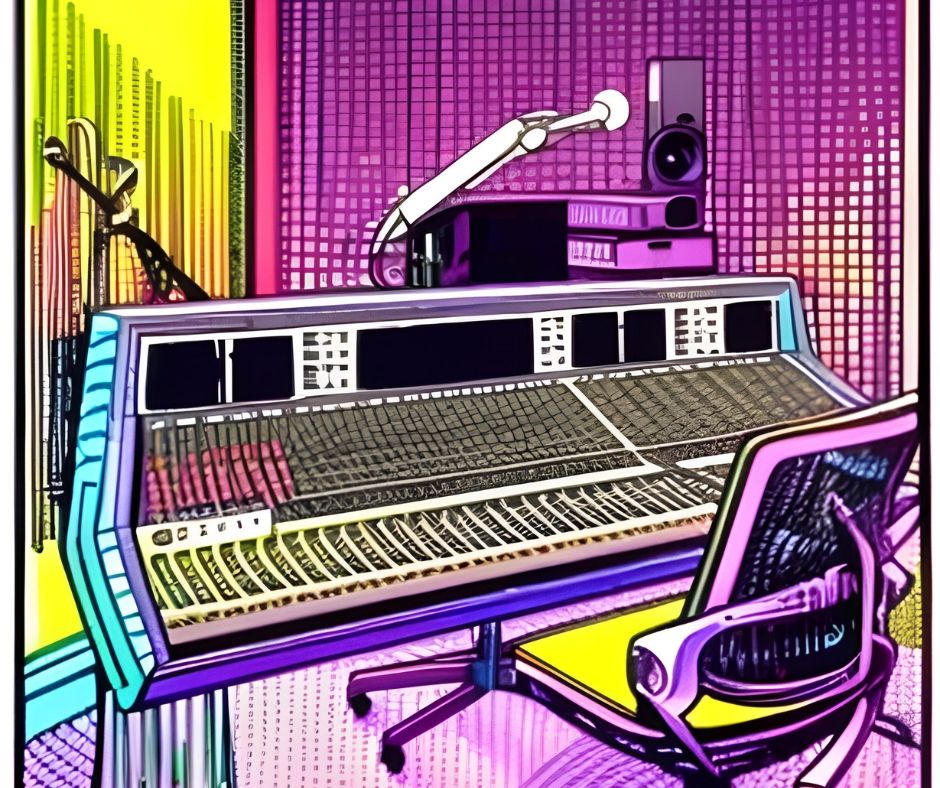
5. Use MIDI keyboards and controllers. If you want to add some variety and expression to your music, you can use MIDI keyboards and controllers to play virtual instruments and control parameters in your software. You don't need to buy expensive or fancy ones; you can find some affordable and compact options that work well for recording music on a budget. For example, you can use the Akai MPK Mini MK3, which costs around $100 and has 25 keys, 8 pads, and 8 knobs.
6. Use online collaboration tools. If you want to collaborate with other musicians or get feedback on your music, you don't need to meet them in person or send them files via email. You can use online collaboration tools that make it easy and convenient to work on music projects together. For example, you can use Soundtrap, which is a cloud-based DAW that lets you record, edit, and share music with others in real time. You can also use BandLab, which is a social network for musicians that lets you create and join bands, collaborate on songs, and publish your music online.
7. Use royalty-free samples and loops. If you want to add some spice and flavor to your music, you can use royalty-free samples and loops that you can find online for free or for a low price. You can use them to create beats, melodies, or textures for your tracks. Just make sure you check the license terms and give credit where credit is due. You can find royalty-free samples and loops on sites like Splice, Loopmasters, or Cymatics.
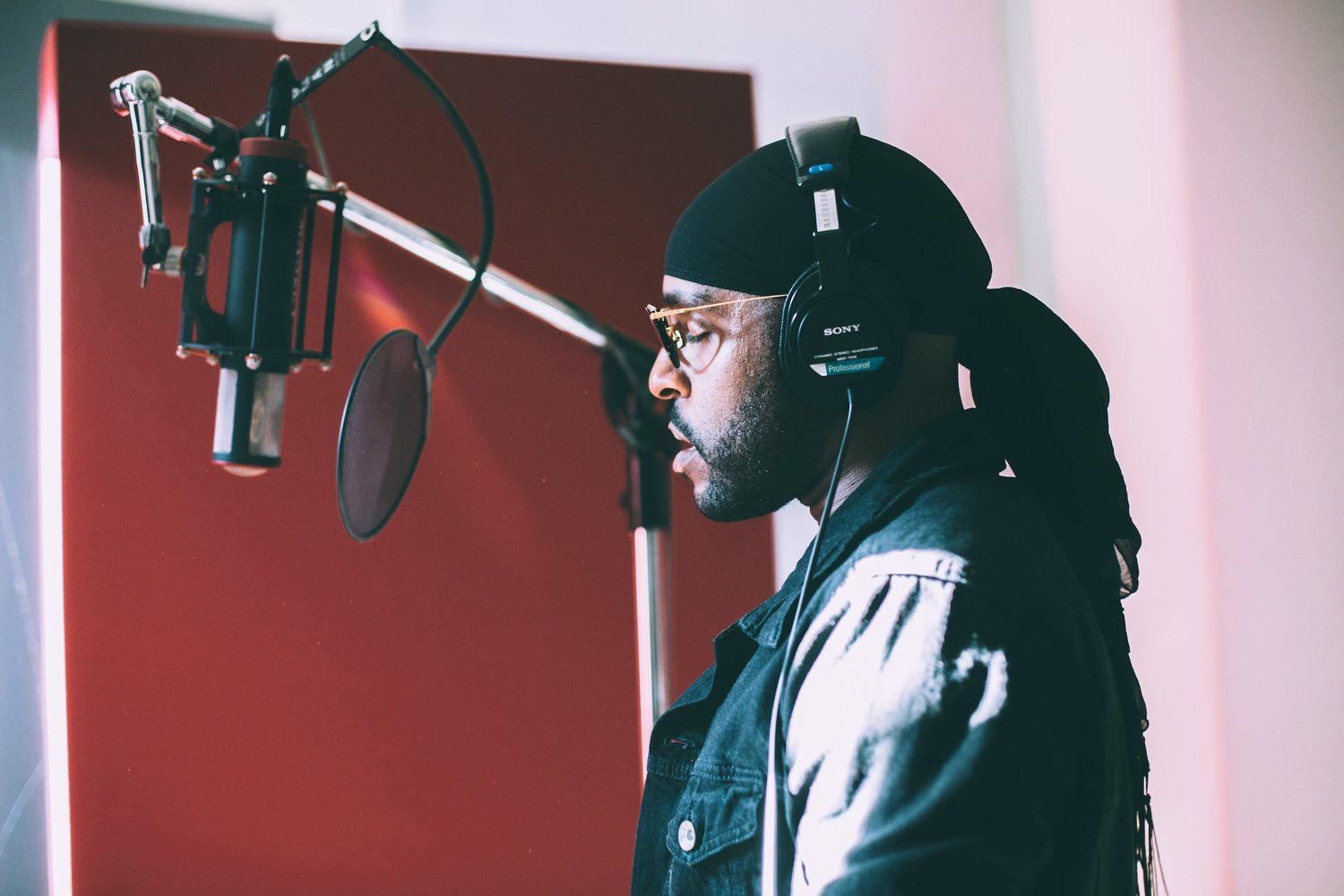
8. Use creative techniques and effects. If you want to make your music sound more interesting and unique, you can use some creative techniques and effects that don't require any extra equipment or software. For example, you can use double tracking, which is recording the same part twice and panning them left and right to create a fuller sound. You can also use reamping, which is recording the output of your amp or speaker into another mic or input to add some color and character to your sound.
9. Use free instruments and sounds. If you want to add some originality and personality to your music, you can use DIY instruments and sounds that you can make yourself using everyday objects or materials. For example, you can use a plastic bottle as a shaker, a metal spoon as a slide guitar, or a cardboard box as a kick drum.
10. Build a DIY recording booth: A recording booth is important for capturing clean, isolated audio. You can build your own recording booth using cheap materials like PVC pipes and moving blankets. There are many tutorials available online for DIY recording booth construction.
Don’t let a tight budget stop you from making great music! You can find many ways to record your songs with a little bit of planning and imagination.
